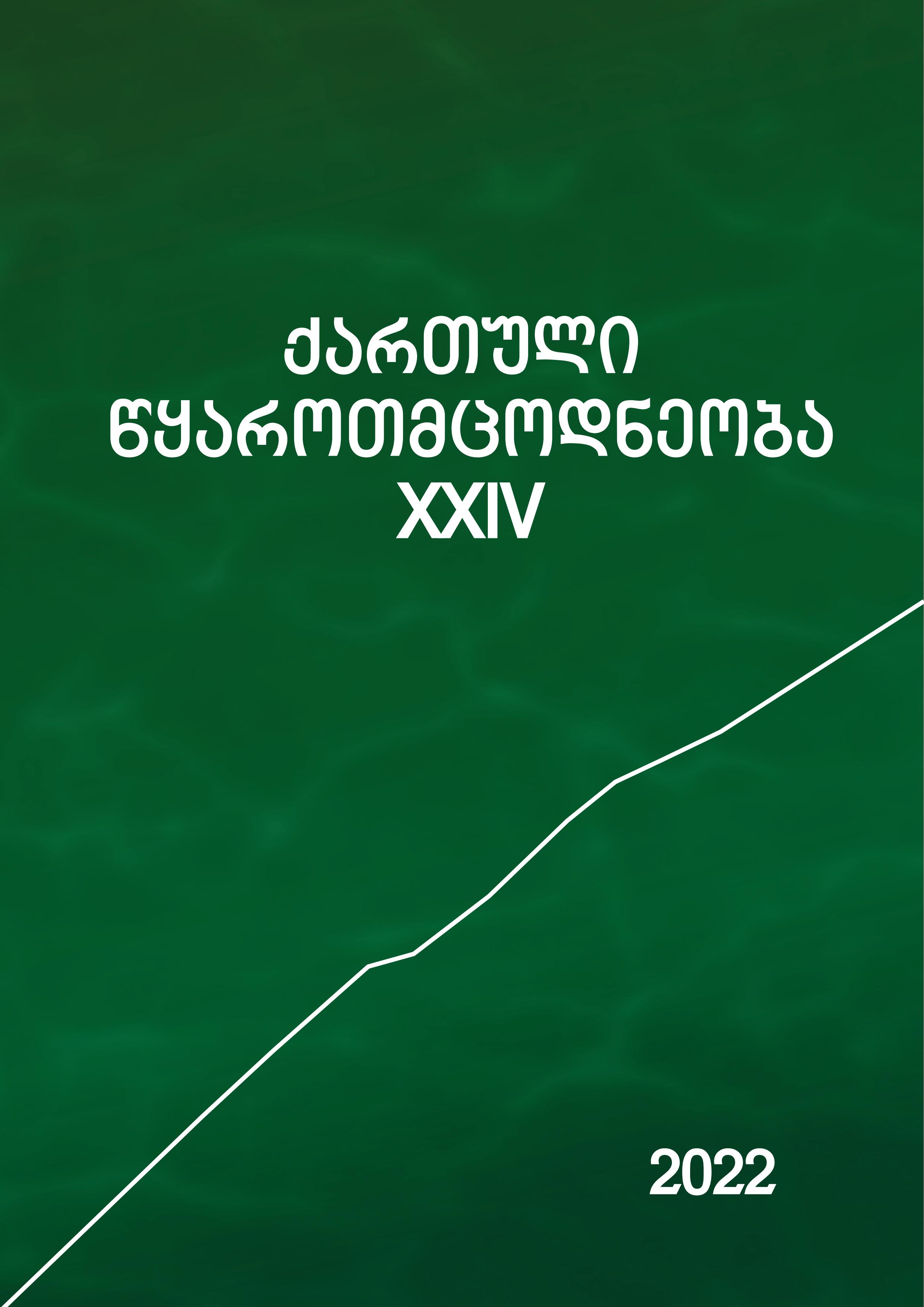Representation of Presiding Prince of Karli Stephanoz I in Georgian Medieval Historiography: the GenreCanon and Metahistorical Context
Abstract
Two principle monuments of Georgian medieval historiography – ”The Conversion of Kartli” and “The Life
of Kartli” (this last one is a collection of historical writings) are providing mutually exclusive information on
presiding prince Stephanoz I (620s–630s): according to former Stephanoz was a great ruler, believer, builder of the main church of the country – Church of the Cross, while according to the latter he was infidel and did not
contribute to the constructing of Church of the Cross and even more: did not add anything to already existed
churches. Many other details also including the chronology are represented diVerently.
Which one from these sources is reliable?
As it was turned out the positive portrait was written with approval of presiding prince Stephanoz II (was
in power in the middle years of theseventh century) – the grandson and namesake of presiding prince Stephanoz I. The author of the negative portraits is Juansher Juansheriani who was duke of the king Archil (second
half of seventh century – first two decades of eighth century).
These results caused another question: why did Juansher Juansheriani depicts Stephanos I so negatively?
For answering this question there were considered two pre-suppositions: Juanhser Juansheriani had borrowed
his information from incorrect sources or he had intentionally misinterpreted the sources because of certain motivations. The research has revealed facts making obvious that the historian based his representation on
both – incorrect as well as correct sources. Incorrect information he used; correct evidences were ignored or
misinterpreted by him. The reason of misinterpretations was prejudice emerged on the social soil. Juansher
Juansheriani belonged to the centrifugal feudal opposition which felt deep dispathy to the rulers like Stephanos
I– who had an ambition to be full right suzerain of his subjects, including the highest stratum of feudal
aristocracy like Juansher Juansheriani. Because of his classism Juansherian Juansheriani “knew” a priori that
this presiding prince was “bad” person and “bad” ruler.
As today in pre-modernity too making history was firmly associated with obligation of “telling truth”.
Fictional representations or misinterpretations were considered incompatible with genre identity. The world
historiography provides many facts confirming how for historians of all epochs and nationalities was vital to hold firmly the genre’s principles.
Medieval Georgian historians’ understanding of the purpose of history as writing of truth was similar
to those being accepted worldwide. As for Juansher Juansheriani “to relate events as one would see” was declared principle.
However, this formulation of the principle of telling truth left space for subjective interpretations: it was not about revealing general truth, but truth seen from the point of particular observer. This actually was what Juansher Juansheriani had done and because of this for him the divergence between the principle and practice
was not problem.
The displayed case was very specific and it would not be correct to generalize it even to Georgian medieval historiography, not to mention the history of the pre-modern period as a whole, but knowing the cases like this might be useful in general as they help to deeper understanding of the history writing practices in
pre-modernity (maybe not only in it!) and spectrum of possible problems of source analysis emerged because
of prejudicing historians.
Downloads
Published
Issue
Section
Categories
License

This work is licensed under a Creative Commons Attribution-NonCommercial 4.0 International License.

